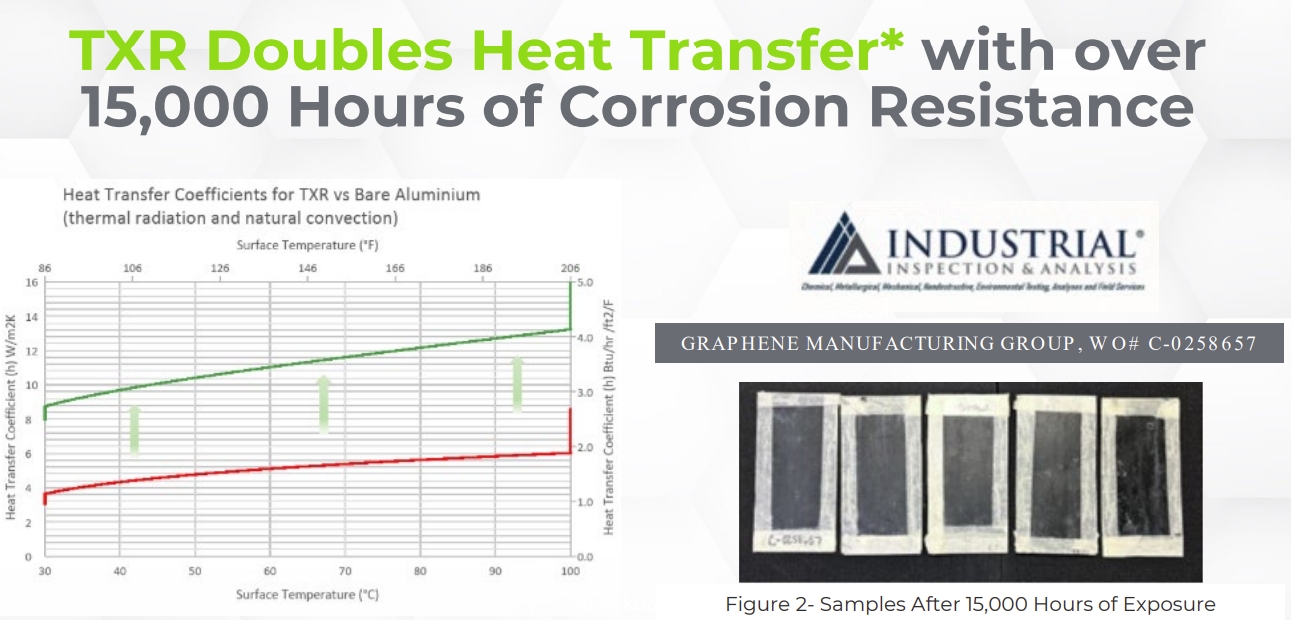Computing
How Spintronics & Graphene Power Next-Gen Quantum Circuits
Securities.io maintains rigorous editorial standards and may receive compensation from reviewed links. We are not a registered investment adviser and this is not investment advice. Please view our affiliate disclosure.

How Spintronics Could Revolutionize Computing
Progressively, the world of hardware computing is starting to look beyond silicon chips, or even classical forms of binary computing altogether. This is because the usual chips and memory in our computers and data centers are getting increasingly difficult to build, with the latest generation having transistors barely a few nanometers in size.
Another factor is that energy consumption is becoming an issue as the demand for computing power, particularly for AI systems, continues to grow.
There are many proposed solutions, with quantum computing and photonics the most preeminent options to either reduce the demand for computing or to make it faster and less energy-hungry.
Another is spintronics, which utilizes the spin of electrons instead of the electric current (flow of electrons).
Researchers at the Delft University of Technology (Netherlands), the Tsukuba National Institute for Materials Science (Japan), the University of Valencia (Spain), the University of Regensburg (Germany), and Harvard University (USA) have created a new spintronic graphene device.
Contrary to the previous version of this technology, it does not require powerful magnets, making it much more compatible with other electronics components. They published their results in Nature Communications1, under the title “Quantum spin Hall effect in magnetic graphene”.
The Potential of Spintronics
Electronic components like transistors are traditionally built out of silicon and rely on semiconductors. The 0 and 1 signals in binary indicate the passing or blocking of an electric current.
An alternative way to perform computation is spintronics devices that run on the spin of electrons (a fundamental quantum characteristic) rather than electric current (flow of electrons).

Source: Insight IAS
Spintronics has a few advantages over classical electronic systems, notably:
- Faster data, as spin can be changed much quicker.
- Less energy consumption, as spin can be changed with less power than it takes to maintain a flux of electrons to create a current.
- Simple metals can be used instead of complex semiconductor materials.
Spintronics is already used for hard drives and has allowed storage capacity to grow over the last decade.
“Spin is a quantum mechanical property of electrons, which is like a tiny magnet carried by the electrons, pointing up or down.
We can leverage the spin of electrons to transfer and process information in so-called spintronics devices.”
Talieh Ghiasi – Postdoc Researcher at Delft University of Technology
Spintronics For Quantum Computing
Key Benefits of Spintronics for Quantum Circuits
Spin is not an electric current, but a fundamental quantum characteristic of electrons, where the quantum information is stored in the orientation of the spin.
Spintronics' main advantage is that it deals with the transport of magnetic moments instead of the transfer of electrons. So there is no need for matter to move to transfer information.
And as this is already initially a quantum element, the idea of creating a spin qubit is an intriguing one. The issue, as often with quantum computing systems, is to preserve this information for long enough periods of time and distances.
And this might be just what the researchers in this study figured out how to solve, using graphene.
Graphene For Spintronics
Graphene is a “miracle material” form of a 2D layer of carbon. It has potential not only in computing, but also in superconductivity, telecommunication, material sciences, and catalysis.
It has so far not really been used for spintronics, despite its remarkable electrical properties. The reason is that the detection of quantum spin currents in graphene has always required large magnetic fields that are practically impossible to integrate on-chip.
The researchers were able to bypass the need for external magnetic fields by layering the graphene on top of a CrPS₄ (chromium thiophosphate), a two-dimensional antiferromagnetic semiconductor.
This magnetic layer significantly altered the graphene’s electronic properties, giving rise to the quantum spin Hall (QSH) effect in graphene.
“We observed that the spin transport in graphene gets modified by the neighboring CrPS4 such that the flow of electrons in graphene becomes dependent on the electrons’ spin direction.”
Talieh Ghiasi – Postdoc Researcher at Delft University of Technology
The QSH effect enables electrons to move effortlessly along the edges of graphene without disruption, with all their spins aligned in the same direction.
“The fact that we are now achieving the quantum spin currents without the need for external magnetic fields opens the path for the future applications of these quantum spintronic device.”
Talieh Ghiasi – Postdoc Researcher at Delft University of Technology
Future Outlook for Graphene-Based Spintronics
Because the quantum spin currents are “topologically protected”, they can travel tens of micrometres long distances without losing the spin information in the circuit.
“These topologically-protected spin currents are robust against disorders and defects, making them reliable even in imperfect conditions. Preserving spin signal without any loss of information is vital for building spintronic circuits.”
Talieh Ghiasi – Postdoc Researcher at Delft University of Technology
This discovery paves the way toward ultra-thin, graphene-based spintronic circuits. The spin currents in graphene could create an efficient and coherent transfer of quantum information, until now limited to using light to interconnect quantum computing components.
So while it is still a work in progress, this discovery makes clear that the ultimate design of quantum computers and quantum networks is yet to be decided, with materials like graphene likely to play a role in the long term (as a larger part of graphene semiconductors as a material category), as well as spintronics in general.
Investing in Graphene Companies
Graphene Manufacturing Group (GMG)
Graphene Manufacturing Group Ltd (GMG.V -2.5%)
GMG is a graphene producer that has focused its product offering on already demonstrated graphene-based products like heat coating and lubricants, increasing the efficiency of industrial equipment.

Source: GMG
This makes GMG a good option for investors looking for direct exposure to the graphene market and a company already active in mass-producing graphene and improving the current production method.
If graphene starts to be used at a large scale for other applications like computing, the experience and manufacturing capacity of existing graphene companies will be an advantage to enter these markets.
Some other applications could be the creation of graphene semiconductors (see “Graphene Semiconductors – Are They Finally Here?”), or even room-temperature superconductors. Graphene coating could also find use in batteries and for hydrogen pressure vessel technologies.
GMG produces its graphene from methane + hydrogen, which differs from most of its competitors, who produce it from natural graphite deposits. This allows for higher purity, more scalability, and low-cost production.

Source: GMG
The company launched its first production facility in Australia in 2023, with up to 1 million liters of heat exchanger coating production per year. It is now expanding to produce 10 million tons per year.
The next step for the company will be its battery technology based on graphene aluminum ion, with its graphene slurry being an additive for lithium-ion batteries' cathodes. In the long term, it could even be a replacement for the graphite-based cathodes altogether.
The company is developing such graphene aluminum ion batteries using a graphene cathode, which can reach an energy density of 290Wh/kg. This is developed in partnership with mining giant Rio Tinto, and could have at first applications in heavy industries (like mining), rather than the EV markets.

Source: GMG
The battery development roadmap expects the building of pilot plants in 2025, a decision about investment in a commercial-scale factory in 2026, and its eventual commission and first shipping to customers by 2027.
This entry into the battery market might be a big gamble for GMG, but it also gives it a unique opportunity in the future market that could open for graphene, including in energy storage and other power-related applications.
Study Referenced
1. Ghiasi, T.S., Petrosyan, D., Ingla-Aynés, J. et al. Quantum spin Hall effect in magnetic graphene. Nature Communications 16, 5336 (2025). https://doi.org/10.1038/s41467-025-60377-1














